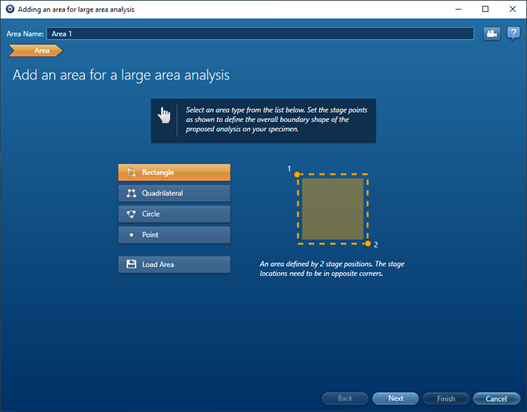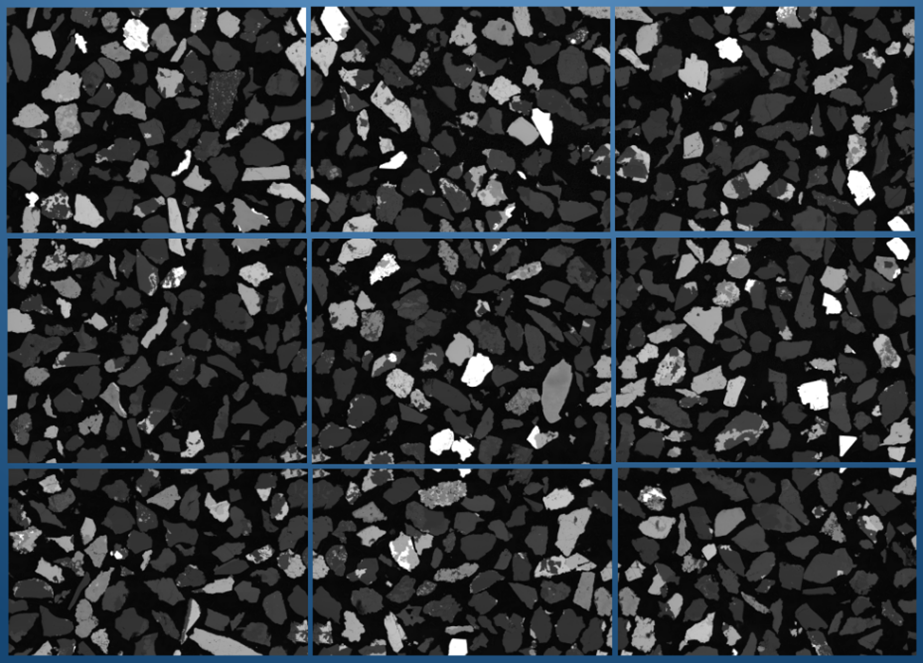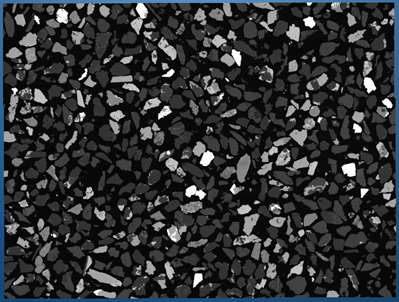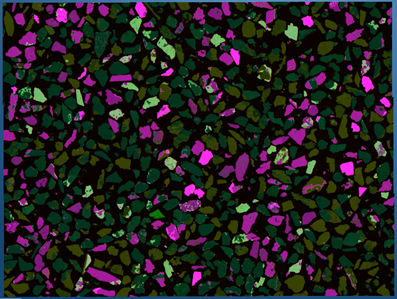产品
FIB-SEM
Nanomanipulators
OmniProbeOmniProbe Cryo软件
AZtec3DAZtecFeatureAZtec LayerProbeTEM
Hardware
EDSUltim MaxXploreImaging
软件
AZtecTEM
25th November 2020 | Author: Dr Matt Hiscock
Working with an electron microscope gives you the ability to study samples at scales right down to nanometres. The information we can get from doing this is exceptionally powerful and used across a huge range of applications – from understanding failures in semiconductor components, to identifying trace forensic evidence, to allowing us to design new materials and more. One discussion that often comes up when we do this is:
The answer to this is, of course, that what we see in a single field of view on the microscope only gives us information on what we see there. It is by extending our analysis to cover more fields of view that we can learn more about our sample and understand how it varies as we move across it.
Doing this manually for potentially 100s or 1000s of fields of view would be a laborious and time-consuming endeavour. This is where automation comes in. The AZtec NanoAnalysis suite includes options for automation that allow it to take over control of your microscope – moving the stage, positioning the beam and controlling what analyses are performed. This is equally true of EDS or EBSD analysis and can be used in mapping or particle analysis approaches. With our latest generation of EDS and EBSD detectors large areas of a sample can be covered faster than ever before. In the rest of this blog, I’ll look at a couple of aspects of how these automated large area analyses can be done and show some tricks and useful functionalities for optimising automated analyses
Samples come in all shapes and sizes, which we need to be able to deal with. AZtec offers you several choices on what shaped area you’d like to analyse:
Which of these you choose to use will depend on the shape of your sample but also another factor – how flat it is.

Despite our best efforts, our samples are not always completely flat and have a slight gradient from one side to the other. Even if the height difference across the sample is only in the order of a fraction of a millimetre, then this can cause issues, as parts of the sample could be out of focus and therefore not clearly seen in the acquired electron images – this can be a particular problem in particle samples.
In order to overcome this, we would choose to setup our area as either a quadrilateral or a circle, depending on the shape. We would drive the stage to each position that we wish to use to define the area – 3 points for a circle of 4 for a quadrilateral. The next step is the important bit – we set the working distance to the recommended value specified by AZtec, and then we focus by adjusting the Z height. We would do this for each point, so that we have an X, Y and Z position stored (we will normally record the tilt and rotation too). Having this information means that when we run over our large area, the Z height will be interpolated for each field and so the sample remains in focus as we move around.
My advice is that if you are in doubt, you should always adjust the Z height to make sure you are in focus at every point that defines your area – it’s better to take a little more time and be accurate than not.
The second point that I want to discuss with regard to large areas is using field overlaps. A field overlap can be very useful for ensuring that, even if there is a little inaccuracy in the movement of the stage, you are still able to collect a flawless map. This is because we can look at the contents of the overlap region in the two (or more) fields that form it and use that content to align those fields – this can be done automatically during a run or after the event. This is equally as useful for mapping as it is for particle analysis – as long as there is something to work with in the overlap zone.
The next two images show an example of using overlaps for image alignment – you can see in the first image that where fields will meet there is a duplication of the particles in each image.

When these images are brought together using the alignment functionality and the overlap, we end up with the image below – where it isn’t possible to see the lines where the fields join.


This flows through to the large area EDS map of the same area – we now have a cohesive dataset.
The other big advantage to using overlaps when analysing large areas is in preventing particles from being missed in particle analysis. By acquiring the edges of fields twice, the chances of a particle being missed are greatly reduced. This, of course, introduces another potential problem though – double counting. In order to overcome this, special rules are applied to the overlap regions to make sure that particles are only counted once.
Overlaps help us in other ways too – like allowing us to reconstruct particles that are broken by field boundaries – I’ve discussed reconstruction previously on this blog – read more about it here.
As always with these blogs, I’ve only really scratched the surface of what you can do with large area automated analysis here – I’ll be back again to discuss this topic more in a future posting.
However, even with this quick discussion, I hope that you’ve been able to see that, by using automation we can cover large areas – and with detectors like Ultim Max or Symmetry S2, this can be done very quickly. By making smart use of the functionalities built into the AZtec NanoAnalysis suite, we can ensure that we get data of the highest quality – in this case in the form of flawless maps showing how our samples vary across their surface.
We send out monthly newsletters keeping you up to date with our latest developments such as webinars, new application notes and product updates.
 公安机关备案号31010402003473
公安机关备案号31010402003473